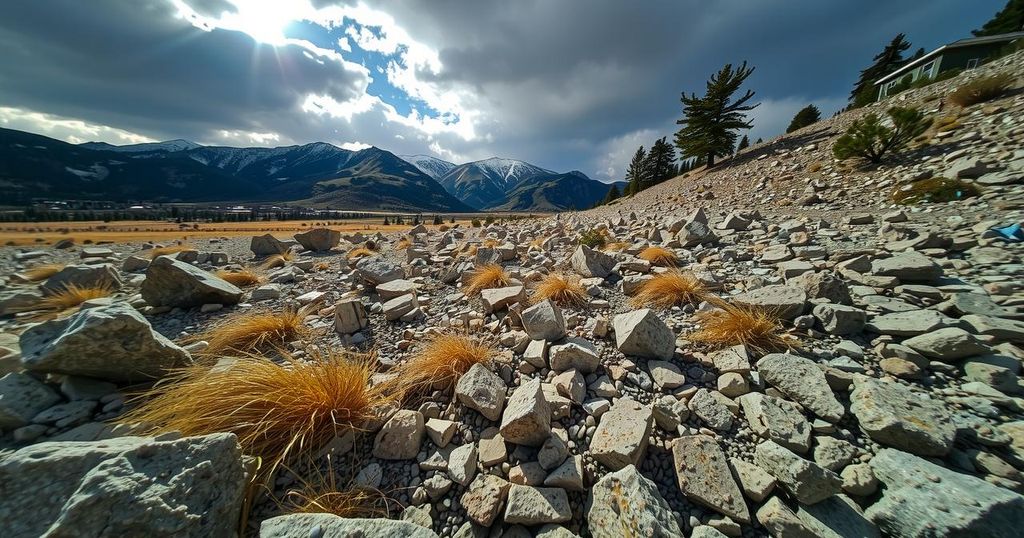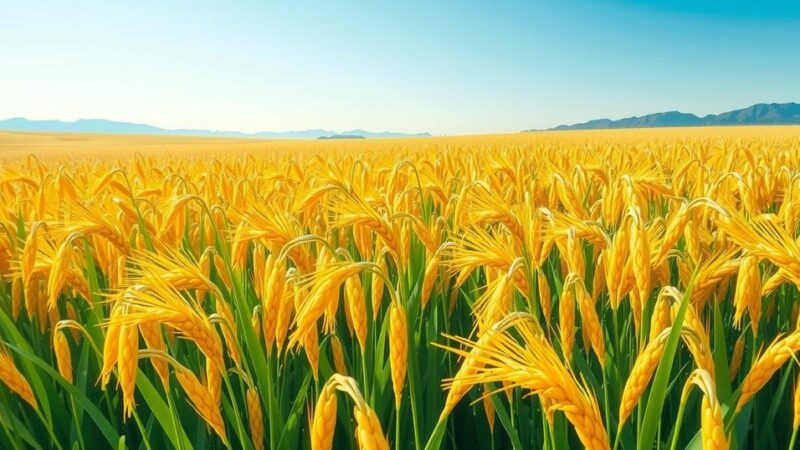A new study from UCLA and NOAA reveals that severe drought conditions in Colorado and the western US are increasingly influenced by high temperatures that enhance evaporation, rather than solely by low precipitation levels. This trend suggests that drought will persist even in normal rainfall years, necessitating urgent action to address climate change and reevaluate water management strategies.
According to a recent study conducted by scientists from UCLA and the National Oceanic and Atmospheric Administration (NOAA), the phenomenon of drought in the western United States, specifically Colorado, has become increasingly influenced by rising temperatures rather than just a lack of rainfall. Between 2020 and 2022, a significant drought was primarily attributed to evaporation driven by extreme heat, highlighting the harsh reality that even with average precipitation, the region faces severe water shortages due to the intensified ‘thirst of the atmosphere’. This study reveals a worrying trend where warmer air not only holds more evaporated moisture but also increases the demand for water, further exacerbating drought conditions. With climate change accelerating, the need for a reassessment of drought definitions and mitigation strategies has never been more urgent. Joel Lisonbee, NOAA’s regional drought information coordinator and coauthor of the study, underscores that this is, “becoming the reality of the world that we’re living in.” The findings indicate that areas known to be vulnerable to drought have become increasingly susceptible to harm from higher evaporation rates, with 66% of such land in the West potentially experiencing drought conditions even with normal precipitation. Overall, the research stresses that immediate action is essential to counteract the ongoing climate crisis by reducing greenhouse gas emissions to slow global temperature increases.
The study carried out by UCLA and NOAA addresses a growing concern in climate science: the interactions between atmospheric temperatures and water availability. With the western United States facing persistent drought conditions, researchers are increasingly examining how heat and evaporation interplay with precipitation levels. The findings reflect a shifting paradigm in drought assessment, emphasizing the role of evaporation as a more significant factor in drought severity, especially in light of climate change effects that alter traditional hydrological cycles and understanding of drought itself. The implications are both profound and urgent, prompting a re-evaluation of water management and environmental policies within the context of warming temperatures.
The research conducted by UCLA and NOAA reveals that climate change has fundamentally altered the dynamics of drought in the western United States. The predominance of evaporative demand over precipitation levels highlights the critical need for updated definitions and strategies in managing water resources under global warming conditions. Immediate responses to reduce greenhouse gas emissions are essential to mitigate escalating drought risks and enhance resilience in affected regions.
Original Source: coloradosun.com






